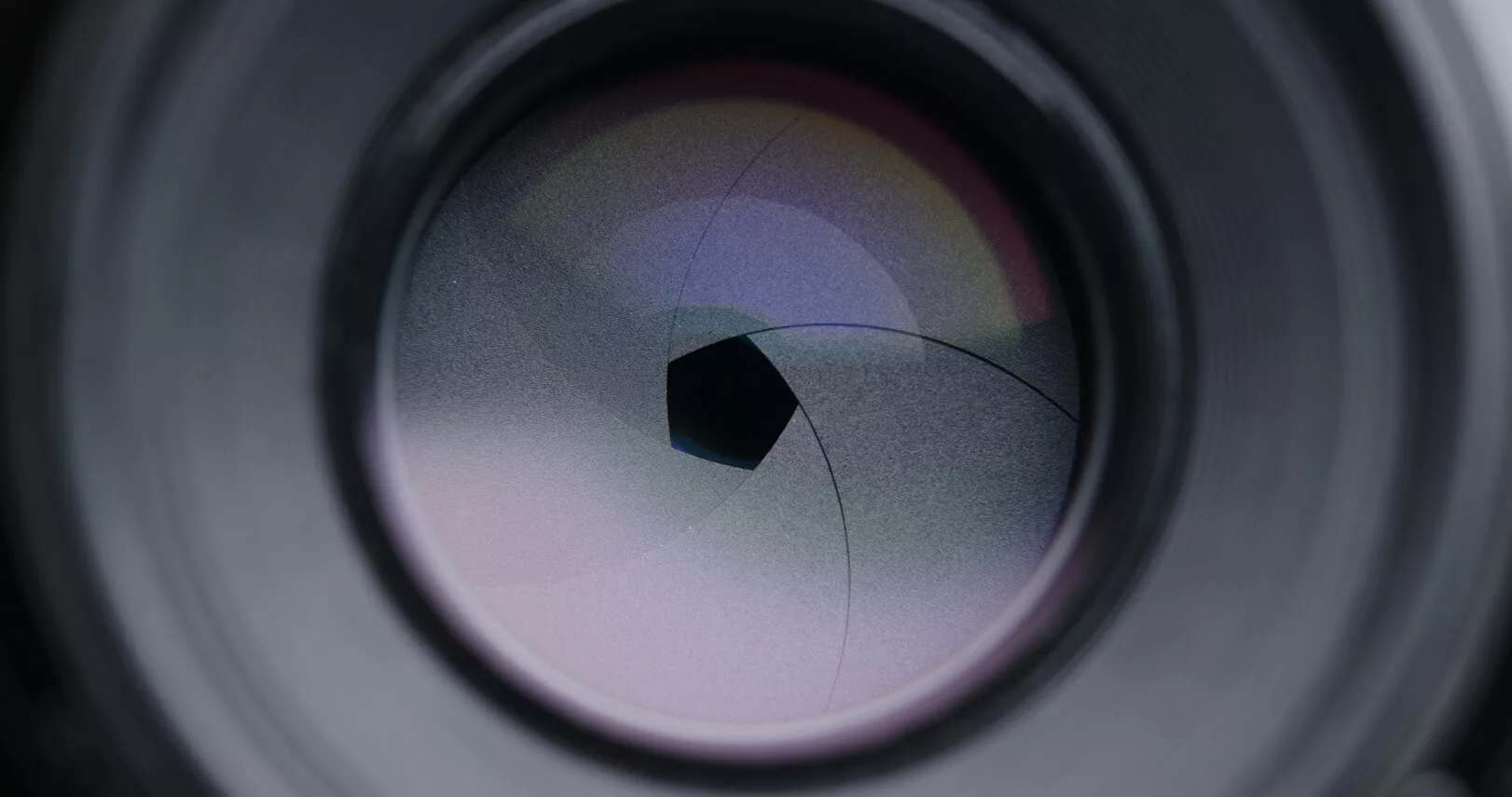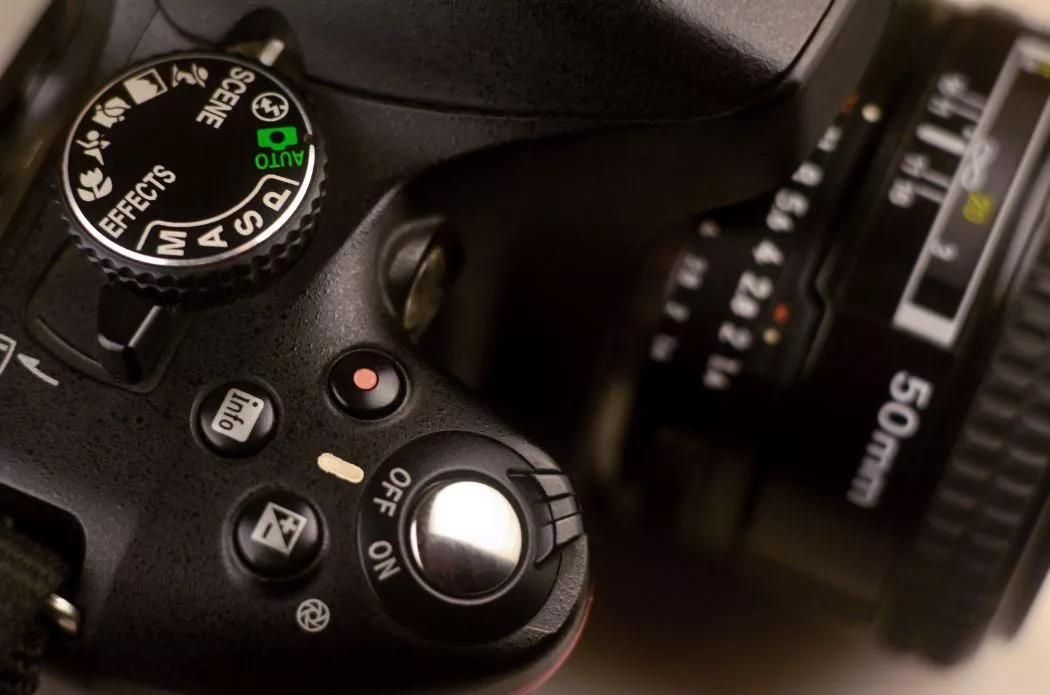Composition is the backbone of great photography. It’s the art of arranging elements within a frame to create a visually appealing and meaningful image. While technical skills like understanding exposure and focus are essential, composition is what transforms a simple snapshot into a compelling photograph. Whether you’re a beginner or a seasoned photographer, mastering composition can significantly elevate your work.
What is Composition?
Composition refers to how you position and arrange the subjects, objects, and elements within your photograph. It’s about guiding the viewer’s eye through the image, creating balance, and telling a story. Good composition draws attention to the most important parts of the scene and evokes emotion, making the photo more engaging and memorable.
Why is Composition Important?
Creates Visual Interest
A well-composed photo captures the viewer’s attention and holds it. It makes the image more dynamic and interesting to look at.
Tells a Story
Composition helps convey the message or story behind the photo. By carefully arranging elements, you can guide the viewer’s interpretation and evoke specific emotions.
Enhances Balance and Harmony
Proper composition ensures that the elements in your photo work together harmoniously, creating a sense of balance and order.
Highlights the Subject
Composition techniques help emphasize the main subject, ensuring it stands out and isn’t lost in a cluttered or distracting background.
Makes Technical Skills Shine
Even if you have perfect exposure and sharp focus, poor composition can ruin an otherwise great shot. Good composition ensures your technical skills are showcased effectively.
Key Composition Techniques
Here are some of the most important composition techniques to help you create stunning photographs:
- Rule of Thirds
The rule of thirds is one of the most fundamental composition techniques. Imagine dividing your frame into a 3×3 grid. Place your subject or key elements along these lines or at their intersections. This creates a balanced and visually appealing image.
- Leading Lines
Use natural or man-made lines (e.g., roads, rivers, fences) to guide the viewer’s eye through the photo and toward the main subject. Leading lines add depth and direction to your image.
- Framing
Use elements within the scene (e.g., windows, arches, trees) to frame your subject. This technique draws attention to the subject and adds context to the photo.
- Symmetry and Patterns
Symmetrical compositions create a sense of harmony and balance, while patterns can add rhythm and interest to your photo. Breaking a pattern can also create a focal point.
- Negative Space
Negative space is the empty area around your subject. Using negative space effectively can emphasize your subject and create a minimalist, powerful image.
- Depth
Create a sense of depth by including foreground, middle ground, and background elements. This technique adds dimension and makes the photo feel more immersive.
- Fill the Frame
Get closer to your subject or zoom in to eliminate distractions and focus on the details. This technique works particularly well for portraits and macro photography.
- Rule of Odds
An odd number of subjects (e.g., three or five) tends to be more visually appealing than an even number. This technique creates a natural focal point and adds interest.
- Golden Ratio
Similar to the rule of thirds but more advanced, the golden ratio is a spiral or grid that follows a mathematical ratio (1:1.618). It’s often found in nature and can create a more organic and pleasing composition.
- Color and Contrast
Use color and contrast to draw attention to your subject. Complementary colors (e.g., blue and orange) or high-contrast elements can make your photo pop.
Breaking the Rules
While composition rules provide a solid foundation, they are not set in stone. Some of the most compelling photos break traditional rules to create unique and impactful images. Experiment with unconventional compositions, such as centering your subject, using extreme angles, or incorporating intentional imbalance. The key is to understand the rules first, so you can break them purposefully and effectively.
Practicing Composition
Improving your composition skills takes time and practice. Here are some tips to help you grow:
Study Great Photos: Analyze the work of renowned photographers to understand how they use composition.
Experiment: Try different techniques and perspectives to see what works best for your style.
Use Your Camera’s Grid: Enable the grid overlay on your camera or smartphone to help you apply the rule of thirds and other techniques.
Review and Reflect: After shooting, review your photos and identify what works and what doesn’t. Learn from your mistakes and successes.
Conclusion
Composition is the soul of photography. It’s what transforms a technically correct photo into a work of art. By understanding and applying composition techniques, you can create images that are not only visually appealing but also emotionally resonant. Remember, composition is a skill that improves with practice, so keep shooting, experimenting, and refining your craft. With time, you’ll develop an intuitive sense of how to arrange elements within the frame, allowing you to tell your story in the most compelling way possible. Happy shooting!







